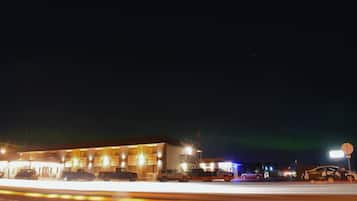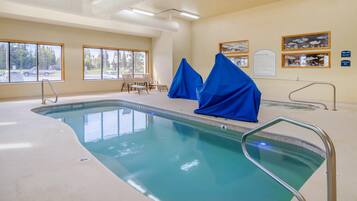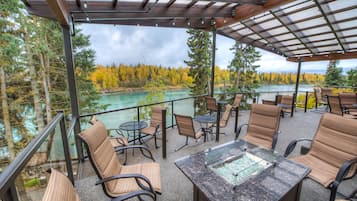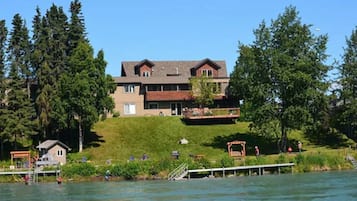Top Nikiski attractions for a relaxing vacation
Nikiski, Alaska, offers a serene escape for travelers seeking spa hotels amidst stunning natural beauty and unique adventures. Begin your journey at the stunning Kenai Peninsula, where you can enjoy breathtaking views and outdoor activities such as fishing, kayaking, and hiking along picturesque trails. For a taste of local culture, visit the nearby Kenai Historical Society Museum to learn about the region's rich history and heritage. Nature enthusiasts will love the chance to explore the Nikiski Beach, perfect for leisurely strolls and picnics, while the nearby Kachemak Bay State Park offers an array of wildlife watching opportunities, including sea otters and sea lions. After a day of exploration, unwind at one of the local hotels featuring spa services, where you can indulge in rejuvenating treatments that incorporate local elements, such as wild Alaskan herbs. Staying in the heart of Nikiski allows you to easily access these experiences while enjoying the comfort and attentive service of top hotels, ensuring a memorable and pampered getaway.
![The Arctic Circle is one of the five major circles of latitude that mark maps of the Earth. As of 16 February 2015, it runs 66°33′45.6″ north of the Equator.
The region north of this circle is known as the Arctic, and the zone just to the south is called the Northern Temperate Zone. The equivalent polar circle in the Southern Hemisphere is called the Antarctic Circle.
The Arctic Circle is the southernmost latitude in the Northern Hemisphere at which the sun can remain continuously above or below the horizon for 24 hours (at the June solstice and December solstice respectively). North of the Arctic Circle, the sun is above the horizon for 24 continuous hours at least once per year (and therefore visible at midnight) and below the horizon for 24 continuous hours at least once per year (and therefore not visible at noon). On the Arctic Circle those events occur, in principle, exactly once per year, at the June and December solstices, respectively. However, in practice, because of atmospheric refraction and mirages, and because the sun appears as a disk and not a point, part of the midnight sun may be seen on the night of the northern summer solstice up to about 50′ (90 km (56 mi)) south of the Arctic Circle; similarly, on the day of the northern winter solstice, part of the sun may be seen up to about 50′ north of the Arctic Circle. That is true at sea level; those limits increase with elevation above sea level, although in mountainous regions there is often no direct view of the true horizon.
The position of the Arctic Circle is not fixed. It directly depends on the Earth's axial tilt, which fluctuates within a margin of 2° over a 40,000-year period,[2] notably due to tidal forces resulting from the orbit of the Moon. The Arctic Circle is currently drifting northwards at a speed of about 15 m (49 ft) per year; see Circle of latitude for more information.
#snow](https://images.trvl-media.com/place/6140564/a9f9449e-bab4-40a6-a9a1-5356b0cc2aa8.jpg?impolicy=fcrop&w=1200&h=500&q=medium)







































